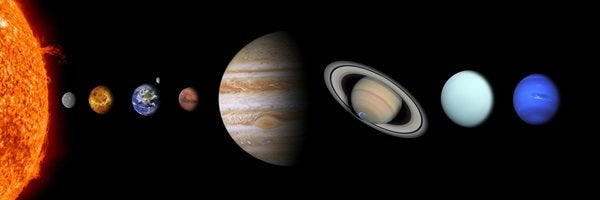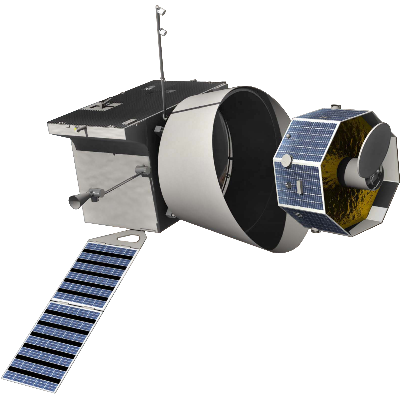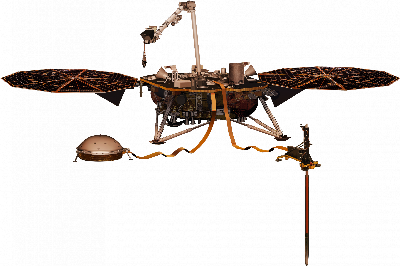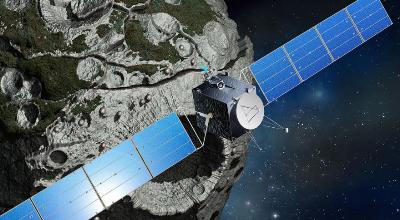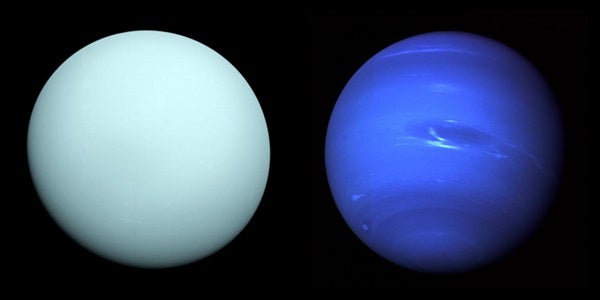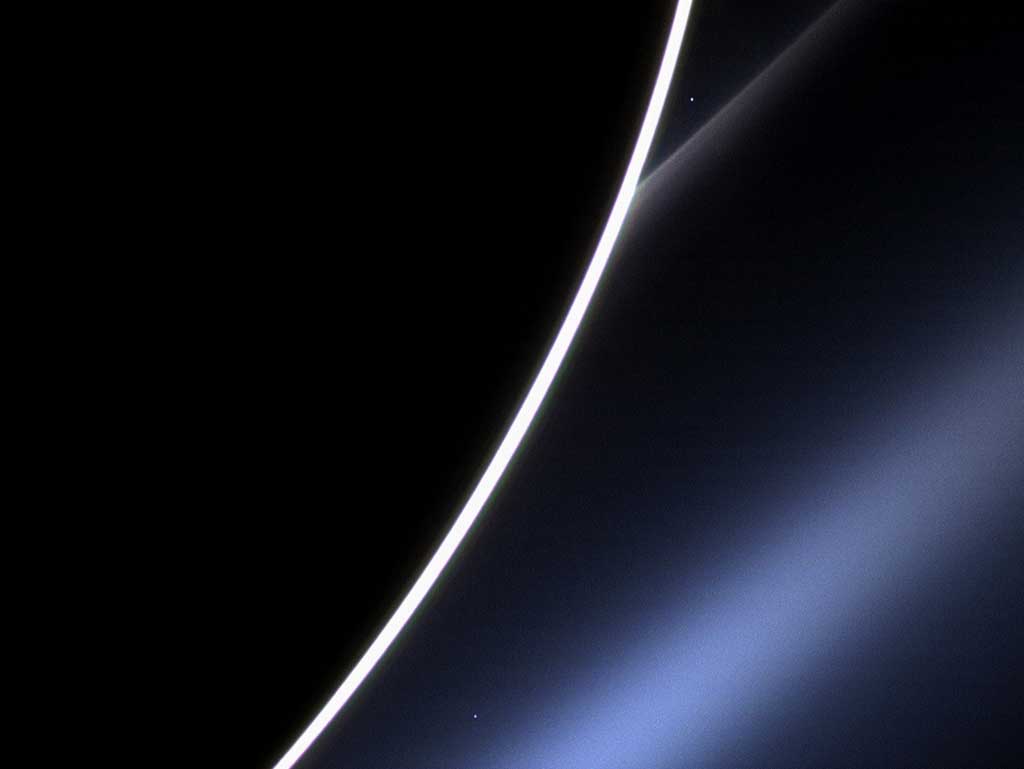1. Mercury
ESA’s BepiColombo craft is set to launch a year from now in October 2018 and head toward our innermost planet. Plenty of mysteries surround tiny Mercury, not the least of which is it seems to composed mostly of materials found in the cores of other planets. This means Mercury may have been the victim of a planetary pileup in which several planets collided and only Mercury made it out alive, leaving just a shell of its former self behind. If true, this may mean that Mercury was once the queen of the terrestrial planets — no small feat.
The Mars InSight lander will launch in May 2018, heading to Mars to perform seismic studies. It will drill straight down into the martian soil and look for signs of present geologic activity. ESA’s next ExoMars fleet will launch that same year to look for evidence of past or present life on the Red Planet. Finally, NASA will send its Mars 2020 rover there in 2020. The mission will act like a souped up version of the present Curiosity craft.
In 2022, NASA will launch the Europa Clipper mission toward Jupiter, inserting it into an orbit that will result in repeated encounters with Europa. This Galilean moon is believed to contain a massive ocean under its ice crust and may be one of the best places to find life outside of Earth. The Clipper mission may end up taking a lander along for the ride as well.
4. Psyche
A protoplanet core may be hiding in plain sight in the asteroid belt. The Psyche orbiter is here to find out for sure. Named after its intended target, the craft will launch in 2022 for a 2026 encounter with the metal-rich asteroid Psyche. This world could be the key to unlocking how our solar system formed, and is one of the most unique objects in the solar system.
Ganymede is the largest moon in our solar system — even larger than the planet Mercury and a good fraction the size of Mars. The Jupiter Icy Moons Explorer (JUICE) mission from ESA will launch in 2022 and study Europa, Ganymede, and Callisto before settling into an orbit around Ganymede. All three are thought to harbor oceans, though Callisto’s may have the smallest volume of water.
Where to next?
In addition to these planned missions, there are plenty of missions to other solar system destinations we’d like to see in the future:
1. Uranus
Yes, yes, I know. We should send a probe to Uranus to study its dirty rings and understand how it got so sideways. But jokes aside, the seventh planet holds a lot of secrets waiting to be uncovered. It has moons with 12-mile-high cliffs, a little-understood ring system, an on-and-off magnetic field, and aurora activity like we’ve never seen.
You could say we have a lot to learn about Uranus.
2. Neptune
Neptune and Uranus are two very different worlds — both from each other and from the two gas giants in our solar system. Neptune has violent raging storms, an interior made with water under such high pressures it creates a solid called “hot ice,” and a gravitational influence that shapes the outer solar system. It also has a moon a bit bigger than Pluto called Triton that orbits backwards and has geysers on the surface. Triton may even have a deep ocean under its surface and is likely a captured Kuiper Belt Object, meaning it may have an origin similar to Pluto’s.
Speaking of Pluto and Triton … by 2019, we will have visited two objects in the “third zone” of the solar system and the rest of the objects past Neptune (including the Kuiper Belt, of which Pluto is the largest object) will be mysteries. Eris, a world nearly the size of Pluto but strikingly different, calls. So does Haumea, an egg-shaped dwarf planet with a violent past. There’s also Sedna, a bizarre world with an incredibly eccentric orbit that flings it to unheard-of distances before bringing it back in toward the Kuiper Belt. What we learn out there could help us find the elusive Planet Nine — or disprove it entirely, depending on who you ask.
4. Venus
There’s always a plan to go to Venus. Those plans always seem to fall through. Despite being close to us in proximity and size, we still know so little about this smoggy, hot world and whether it went from possibly habitable to a hellish landscape. The only probe there right now is JAXA’s Akatsuki, which has had a rough go of it after failing an orbital insertion. A dedicated flagship mission with a lander and atmospheric probes and maybe even a rover could unlock what’s under those clouds if we can build crafts to withstand the heat.
Cassini gave us our first taste of the rich tapestry of the Saturn systems. It’s time to go back — not just to Saturn, Enceladus, and Titan, but also to the other moons. Dione may have an ocean and cryovolcanoes, too. We still don’t know why Iapetus is half-covered in dark gunk. Tethys has red streaks that look like a child let loose with a marker on the world. There’s so much more to learn, and somehow 13 years at Saturn no longer seems like enough.

